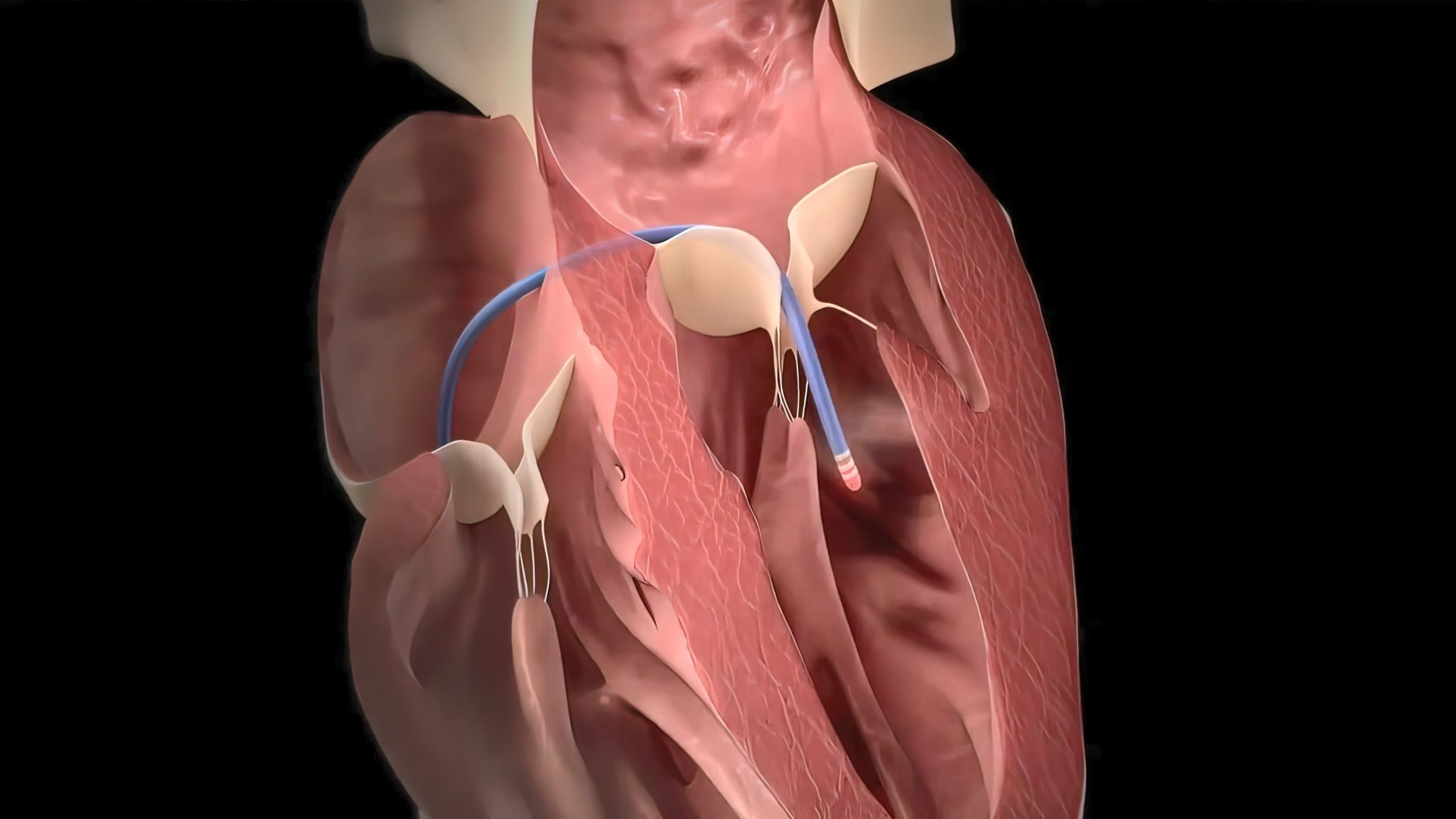
Left atrial appendage preservation during surgical ablation for atrial fibrillation was not associated with an increased risk for stroke or mortality compared to left atrial appendage closure according to a recent study, led by Ho Jin Kim. The study’s findings were published in Heart.
The retrospective analysis included 1,640 patients (58.8±11.5 years; 898 female) who underwent cardiac surgery including surgical ablation between 2001 and 2018—of which 1,378 included mitral valve (MV) and 262 did not. In total, 804 patients had left atrial appendage preservation, and 836 had left atrial appendage closure. The team used inverse-probability-of-treatment weighting to compare adjusted stroke and mortality risk between the groups.
Stroke and Mortality with Different Surgical Ablation Methods
Over a median follow-up period of 43.5 months (interquartile range, 19.0-87.3 months), stroke occurred in 87 patients and mortality occurred in 249 patients. The adjusted risks for stroke (hazard ratio [HR] 0.85; 95% confidence interval [CI] 0.52-1.39) and mortality (HR 0.80; 95% CI 0.61-1.05) were not significantly different between the two surgical ablation methods, reported the authors. However, echocardiographic data revealed higher transmitral A-wave velocity (P=.066) and lower E/A-wave ratio (P=.045) in the preservation group than in the closure group.
Given that finding, the authors ultimately concluded that “postoperative left atrial transport functions were more favorable with left atrial appendage preservation than with left atrial appendage closure.”
Find more recent studies on the Atrial Fibrillation Knowledge Hub







 © 2025 Mashup Media, LLC, a Formedics Property. All Rights Reserved.
© 2025 Mashup Media, LLC, a Formedics Property. All Rights Reserved.